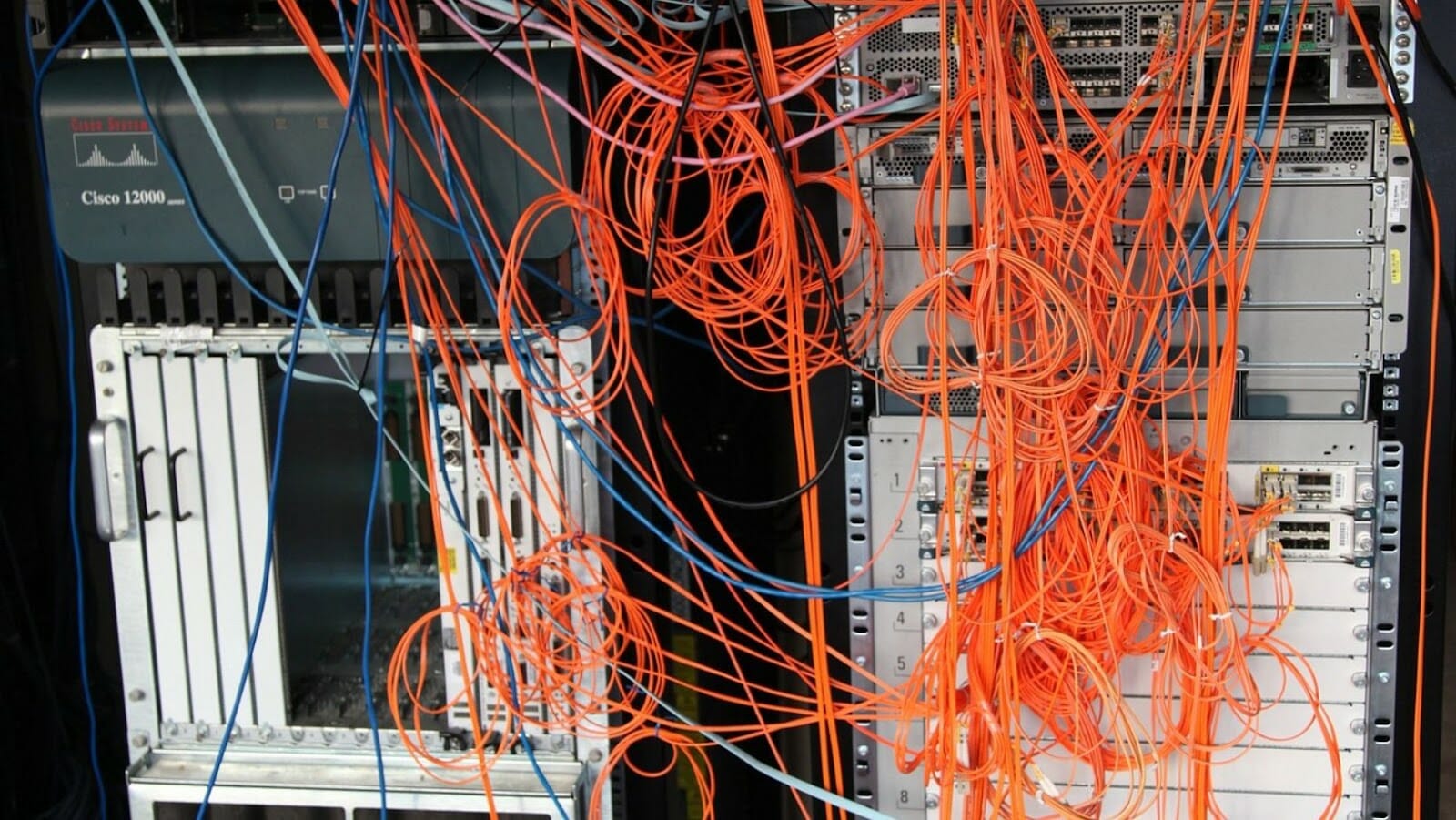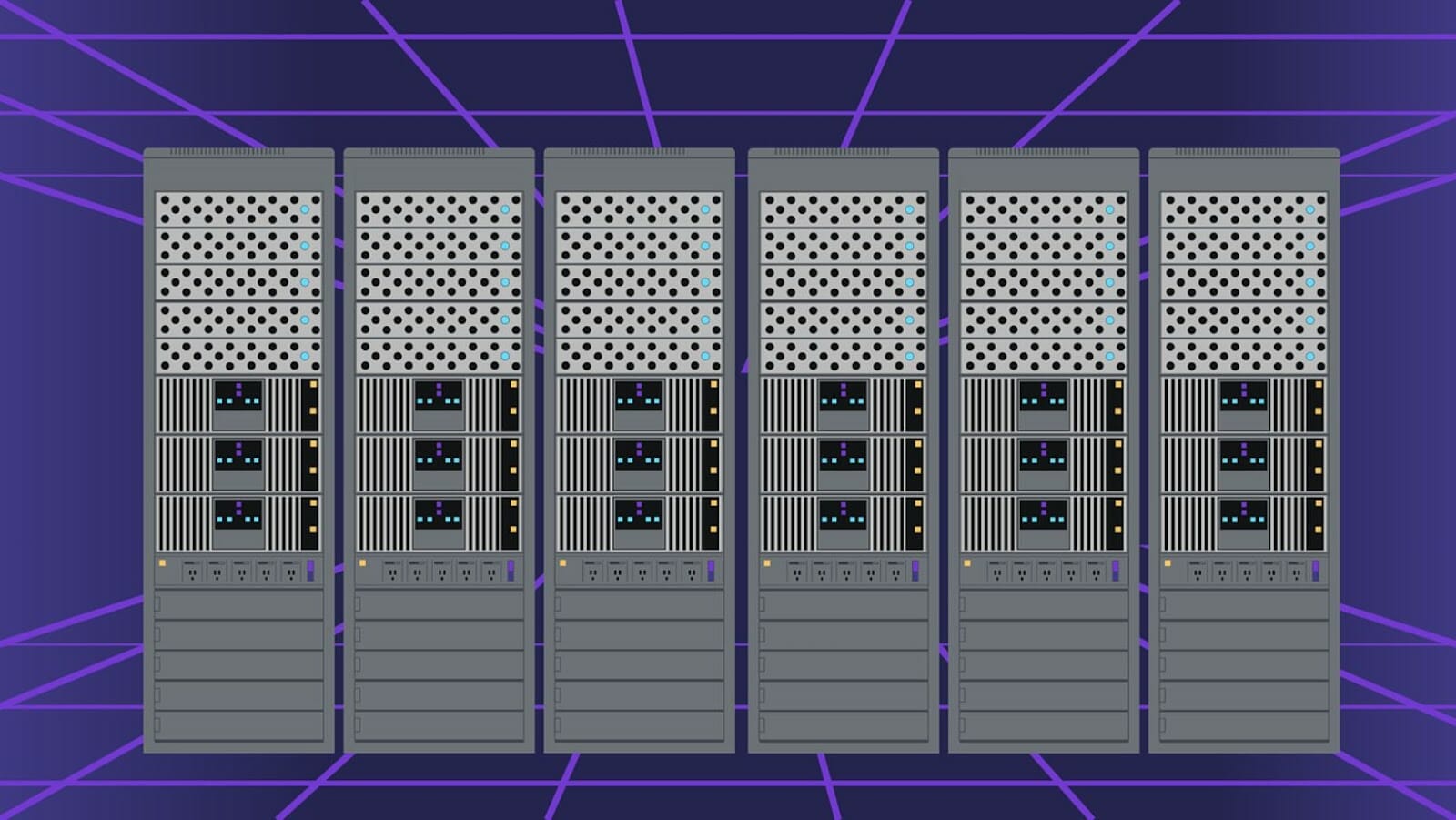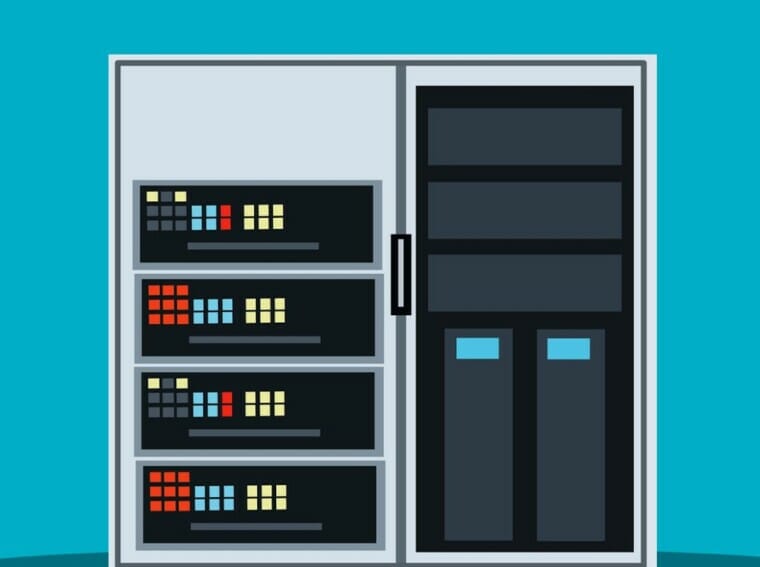Determining an appropriate rack size is one of the first tasks to be done at the stage of planning data center organization. It is a responsible and complicated task that requires particular consideration. Miscalculations of the suitable size can result in multiple problems and system malfunction.
Choosing a too-small server rack launches a chain of problems that lead to serious hazards, such as a lack of space for air circulation and overheating. Thus, the staff should understand what dimensions are optimal for a network system to function uninterruptedly and smoothly.
Let’s consider all server rack dimensions and highlight the main peculiarities of their measurements.
Server Rack Height
It is the most complicated dimension for calculations. Why? The thing is that the height is measured in units (U), where 1U is 1,75 inches. Thus, when you need to know the required height of a server cabinet, you should multiply the height of your equipment pieces by 1,75.
A great variety of models is offered on the modern market. Products dig in height greatly. There is diverse furniture, starting from compact 6U-12U models up to large 37U-42U products. A 37U server rack is one of the biggest models produced by manufacturers. It is a floor-standing cabinet that can accommodate several hundred servers and telecom hardware.
Server Rack Depth
This dimension is variable since in most cases, racks have an adjustable rear side. Thus, it is possible to optimize cabinets from 0 to 50 inches to meet the needs of system administrators. Still, the most popular sizes are 24 and 48 inches. Note that while the height is measured in units, depths, and widths are measured in inches.
When calculating the required depth, remember that cords and wires are usually stretched on the rear side of the construction so make sure to leave enough space for them. Thousands of cables can be routed so significant space is required.
Server Rack Width
As for width, it is usually standardized. Models are produced to fit active telecom equipment. Standard server rack dimensions are 19 and 24 inches. The width of a rack should match your servers with other hardware to make sure that components will be able to pass through posts or can be fastened to them.
When considering width, note that there are two dimensions, namely, internal and external. Consider them when calculating mounting width and picking models for your equipment.

Note that designing a 3D layout is very helpful for determining server rack sizes. If you visualize hardware placement inside a future rack, you can avoid multiple mistakes during system accommodation and develop the most ergonomic design.
Also, note that when developing layout maps, make sure to leave space between components for free airflow and cable routing. Moreover, the practice shows that in most cases, technicians expand network systems over time to improve processing capabilities, which means that racks should be rather spacious.
Types of Server Racks
Modern manufacturers offer a wide assortment of models to meet the demands of consumers. Thus, different types of server furniture are offered on the market. Models differ in size, type of installation, and construction. Each kind of product is designed for particular needs and locations.
-
Open-Frame Models
These products have open constructions consisting of just 2 or 4 uprights. No walls or doors are designed, but it is possible to equip bodies with removable panels for enhanced security. Posts have holes for fastening servers and other devices. Due to open construction, such models are ideal for installation in closed rooms, i.e. data centers or server rooms.
As for strengths and weaknesses, products are perfect in terms of cooling and unhindered air circulation, easy access to maintain equipment and replace components, and quick assembly. Yet, they lag in terms of security and hardware protection.
-
Enclosed Cabinets
These products look like solid boxes with transparent perforated enclosures. They have side, bottom, and top panels, and two doors (a front and rear one). Latches and locks are used to keep equipment protected and guarantee 100% security from authorized access. The peculiarities of enclosures set certain restrictions since maintenance, access, and airflow are hardened.

A wide variety of sizes and models are available in this group. Models range from small wall-mount boxes for small systems up to huge spacious cabinets for large data centers. Enclosed cabinets are ideal for open outdoor spaces and public locations, such as stores, banks, hospitals, etc. Keeping hardware reliably locked inside, a high level of protection is guaranteed.
-
Wall-Mount Furniture
This category of furniture is characterized by its compact size. Due to its peculiarities of installation (fastening to vertical surfaces with special dowels), the carrying weight of such models is limited. Enclosed cabinets are more popular, but still, open-frame constructions are also offered. The main benefit of wall models is improved ergonomics since they free floor space and do not hinder room furnishing.
Such products are perfect for small IT systems. They are designed for installation in small premises and public places, for instance, offices, stores, banks, etc.
-
Portable Racks
Both open-frame products and enclosed furniture can be portable. Constructions are equipped with handles or wheels to provide better movability and help relocate furniture quickly and effortlessly. According to the technology, casters can withstand high loads. Such products are designed for installation in data centers.
Server systems are responsible for datum processing and storage. They deal with critical information for businesses. Thus, it is important to guarantee equipment functioning without breaks. Housing hardware and well-fitted furniture is a key step for this task.
When making a purchase, technicians should clearly understand what type and size of rack they need. The stage of determining the right network cabinet sizes is a crucial one since the correct allocation of hardware inside cabinets directly influences the service life of devices and the smoothness of IT system operation. A wide range of models is offered on the modern market to please consumers’ demands.

